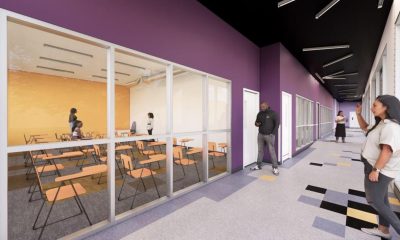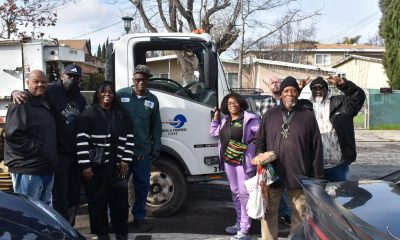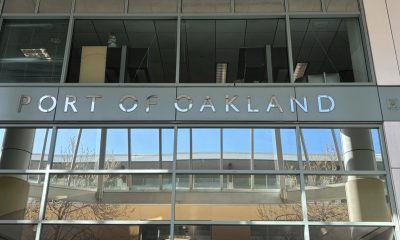#NNPA BlackPress
Black Veterans and Inaccessibility to Mental Health Resources
Dallas Weekly News — Despite taking the same risk of death and costly sacrifice to their mental well-being, Black Veterans continue to suffer as mental health services are statistically less accessible for the demographic than their white counterparts.
The post Black Veterans and Inaccessibility to Mental Health Resources first appeared on BlackPressUSA.
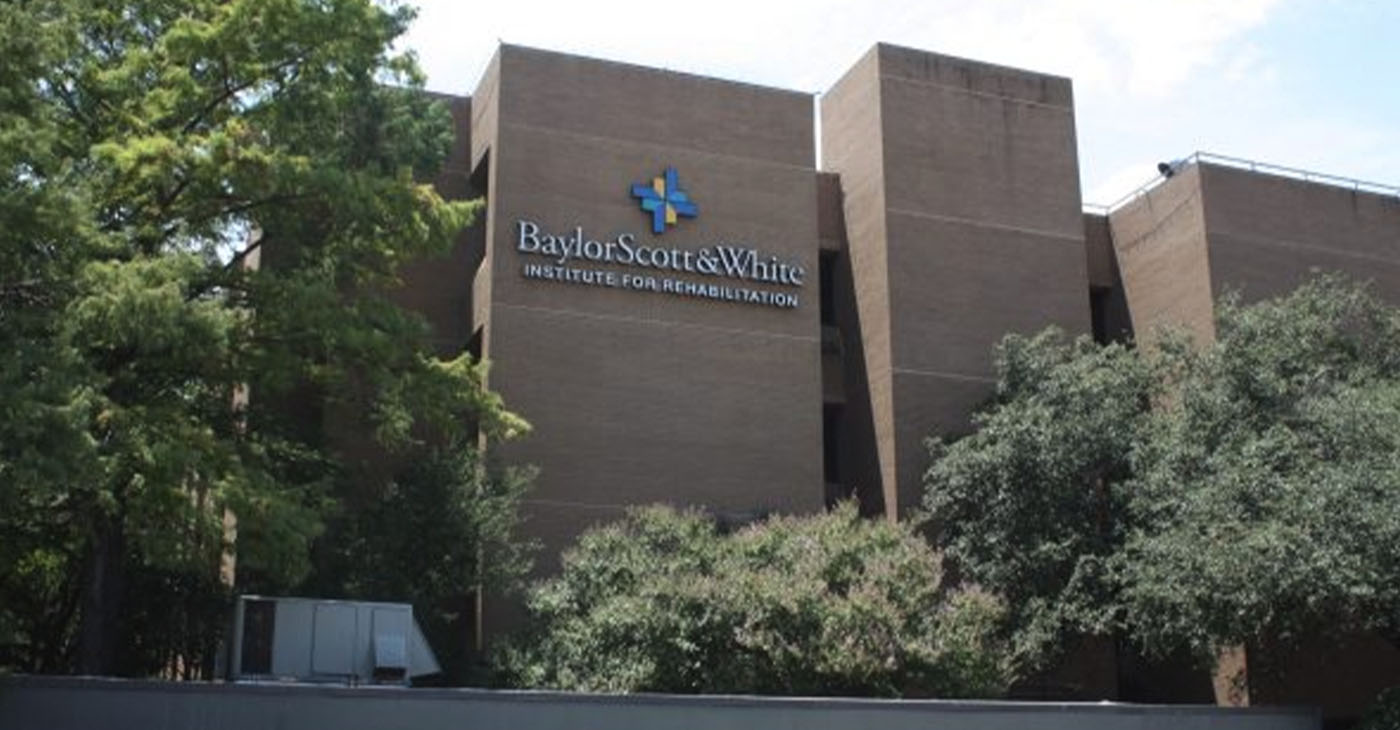
By Sam Judy | The Dallas Weekly News
Despite taking the same risk of death and costly sacrifice to their mental well-being, Black Veterans continue to suffer as mental health services are statistically less accessible for the demographic than their white counterparts.
Institutional racism continues to persist through channels of assistance for Black Veterans as the Department of Veterans Affairs has acknowledged that discrimination has likely played a major role in major discrepancies in assistance.
“We recognize that in the past there has been institutional discrimination that may have played a role in the adjudication of benefits,” VA press secretary Terrence Hayes told Axios News last month following an announcement that the department has taken on an initiative to address disparities.
Documents released through an open records request filed earlier this year by Black Veterans Project in Baltimore showed proof of racial discrimination in the accessibility of mental health/disability benefits offered to Veterans.
Data retrieved from the fiscal year of 2023 showed that 15.52% of all Black Veterans who applied for physical or mental health benefits were denied assistance by the VA, compared to 10.6% of white Veterans. This is consistent with reports from 2017, showing that Black Veterans seeking disability benefits for PTSD were denied 57% of the time, compared to a 43% rate of denial for white counterparts.
From 2017 to 2023, white Veterans enjoyed a consistently higher grant rate than Black Veterans every year. Despite seeking and applying for services at a higher rate (43% compared to 31.7% for white Veterans), Black Veterans have received significantly less assistance than whites.
Even among those receiving services, Black Veterans often have worse outcomes, according to a study featured in Psychiatric Services, Volume 73 in 2022.
Of the 2,870 Veterans treated nationally in VA Posttraumatic Stress Disorder Residential Rehabilitation Treatment Programs in fiscal year 2017, Black Veterans receiving services from the VA experienced a higher rate of depression symptom recurrence 4 months after discharge compared to white Veterans. While services were proven to improve conditions across demographics, Black Veterans still experienced markedly poorer outcomes.
The effects of these institutional failures are apparent and run deep, contributing to the framework of larger social issues with devastating repercussions. According to a study by the National Center on Homelessness Among Veterans, Black Veterans are substantially prevalent in the homeless population compared to other Veterans, comprising 39% of the total homeless veteran population despite making up only 11% of the total veteran population.
Outcomes in PTSD and depression are typically worse, and likewise, Black Veterans are more likely to fall into alcoholism even with similar levels of consumption to their white counterparts, according to the American Journal of Psychiatry.
Additionally, a study conducted by the nonprofit research group Rand Corp. showed there were 1.76 suicide attempts among Black troops for each by a white service member. As services falter, so does the quality of life for Black Veterans compared to white former service members, resulting in higher documented rates of homelessness, alcohol use disorder, and suicide.
Texas is home to over 1.6 million Veterans, with one-fourth of all Veterans statewide residing in the DFW area. Dallas previously made the news in 2016 when on July 7, Black veteran Micah Xavier Johnson killed five officers and wounded seven others before being slain in a stand-off with police Downtown.
Reflecting disillusionment, pain, and a documented resentment of a deeply flawed system exacerbated by increasing violence against Black Americans by law enforcement, the incident illustrated the result of the systemic failures of the Department of Veterans Affairs as much as it did the institutional racism present throughout American life.
As an Army Reserve Afghan War veteran, Johnson showed warning signs of potential violence prior to the calculated attack on white law enforcement. He was previously recommended for mental health counseling by a fellow soldier who accused him of sexual harassment. Stating that they were platonic friends of over four years, she recalled an event when Johnson punched out a car window during an outburst, severing an artery and requiring medical treatment.
Following an inspection, Johnson was deemed a threat to others and disarmed by his commanding officer. After a period of high stress and ostracization, Johnson was mistakenly honorably discharged according to the Army and never was provided counseling. This and other details were released following his death.
Other Veterans, such as Paul, 72, a former Army sergeant living in South Dallas that served in the Vietnam War, have suffered lifelong cases of PTSD while continuing to work and seek out services from the VA.
“I still have nightmares from what we did,” Paul says, explaining that insomnia brought on by PTSD has left him sleepless most nights.
“When I go in to get help, I have to stand in line behind a hundred other people. They expect you to smile and be polite. I fought for this country. I bled for this country,” Paul says. “All of my guys came back. Nobody was dead, nobody with one leg or one arm, everybody came back. And all they did was whatever I told them to.”
Suffering night terrors, high anxiety, and depression, Paul recently secured compensation for false denials of repeated disability claims. “I sued their asses and won,” Paul says. “And the money’s great but look at how long it took. Forty years for me to get what I should’ve already got. I’m over 70 years old. They already robbed me.”
Almost 80 years after the GI Bill was rendered largely inaccessible for Black Veterans, the group continues to suffer due to institutional patterns of discrimination. As the demographic receives lesser treatment than white former service members, the figurative cracks in our society turn to fissures as they become more firmly integrated within our institutions. Despite the VA’s promise to right institutional wrongs, lasting effects have left the lives of Black Veterans at greater risk of debasement.
The post Black Veterans and Inaccessibility to Mental Health Resources first appeared on BlackPressUSA.
#NNPA BlackPress
IN MEMORIAM: Ramona Edelin, Influential Activist and Education Advocate, Dies at 78
NNPA NEWSWIRE — Born on September 4, 1945, in Los Angeles, California, activist Ramona Edelin’s early years were marked by a commitment to education and social justice. According to her HistoryMakers biography, after graduating from Fisk University with a Bachelor’s degree in 1967, she pursued further studies at the University of East Anglia in England. She earned her master’s degree before completing her Ph.D. at Boston University in 1981.
The post IN MEMORIAM: Ramona Edelin, Influential Activist and Education Advocate, Dies at 78 first appeared on BlackPressUSA.

By Stacy M. Brown, NNPA Newswire Senior National Correspondent
@StacyBrownMedia
Once upon a time, Black Americans were simply known as colored people, or Negroes. That is until Ramona Edelin came along. The activist, renowned for her pivotal roles in advancing civil rights, education reform, and community empowerment, died at her D.C. residence last month at the age of 78. Her death, finally confirmed this week by Barnaby Towns, a communications strategist who collaborated with Dr. Edelin, was attributed to cancer.
Born on September 4, 1945, in Los Angeles, California, Edelin’s early years were marked by a commitment to education and social justice. According to her HistoryMakers biography, after graduating from Fisk University with a Bachelor’s degree in 1967, she pursued further studies at the University of East Anglia in England. She earned her master’s degree before completing her Ph.D. at Boston University in 1981.
Edelin’s contributions to academia and activism were manifold. She was pivotal in popularizing the term “African American” alongside Rev. Jesse L. Jackson in the late 1980s.
Jackson had announced the preference for “African American,” speaking for summit organizers that included Dr. Edelin. “Just as we were called Colored, but were not that, and then Negro, but not that, to be called Black is just as baseless,” he said, adding that “African American” “has cultural integrity” and “puts us in our proper historical context.”
Later, Edelin told Ebony magazine, “Calling ourselves African Americans is the first step in the cultural offensive,” while linking the name change to a “cultural renaissance” in which Black Americans reconnected with their history and heritage.
“Who are we if we don’t acknowledge our motherland?” she asked later. “When a child in a ghetto calls himself African American, immediately he’s international. You’ve taken him from the ghetto and put him on the globe.”
The HistoryMakers bio noted that Edelin’s academic pursuits led her to found and chair the Department of African American Studies at Northeastern University, where she established herself as a leading voice.
Transitioning from academia to advocacy, Edelin joined the National Urban Coalition in 1977, eventually ascending to president and CEO. During her tenure, she spearheaded initiatives such as the “Say Yes to a Youngster’s Future” program, which provided crucial support in math, science, and technology to youth and teachers of color in urban areas. Her biography noted that Edelin’s efforts extended nationwide through partnerships with organizations like the National Science Foundation and the United States Department of Education.
President Bill Clinton recognized Edelin’s expertise by appointing her to the Presidential Board on Historically Black Colleges and Universities in 1998. She also co-founded and served as treasurer of the Black Leadership Forum, solidifying her standing as a respected leader in African American communities.
Beyond her professional achievements, Edelin dedicated herself to numerous boards and committees, including chairing the District of Columbia Educational Goals 2000 Panel and contributing to the Federal Advisory Committee for the Black Community Crusade for Children.
Throughout her life, Edelin received widespread recognition for her contributions. Ebony magazine honored her as one of the 100 Most Influential Black Americans, and she received prestigious awards such as the Southern Christian Leadership Award for Progressive Leadership and the IBM Community Executive Program Award.
The post IN MEMORIAM: Ramona Edelin, Influential Activist and Education Advocate, Dies at 78 first appeared on BlackPressUSA.
#NNPA BlackPress
Tennessee State University Board Disbanded by MAGA Loyalists as Assault on DE&I Continues
NNPA NEWSWIRE — Recent legislative actions in Tennessee, such as repealing police reform measures enacted after the killing of Tyre Nichols, underscore a troubling trend of undermining local control and perpetuating racist agendas. The new law preventing local governments from restricting police officers’ authority disregards community efforts to address systemic issues of police violence and racial profiling.
The post Tennessee State University Board Disbanded by MAGA Loyalists as Assault on DE&I Continues first appeared on BlackPressUSA.
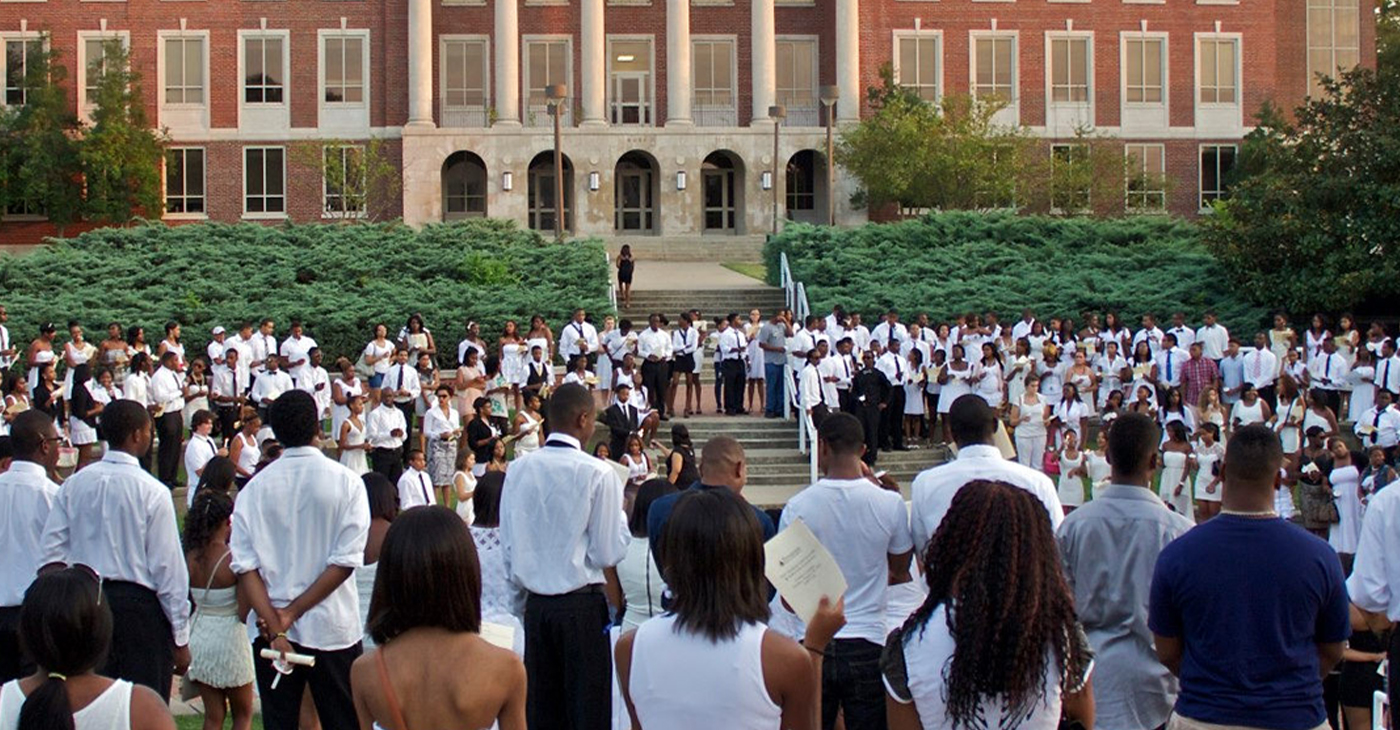
By Stacy M. Brown, NNPA Newswire Senior National Correspondent
@StacyBrownMedia
Tennessee State University (TSU), the state’s only public historically Black college and university (HBCU), faces a tumultuous future as Gov. Bill Lee dissolved its board, a move supported by racist conservatives and MAGA Republicans in the Tennessee General Assembly, who follow the lead of the twice-impeached, four-times indicted, alleged sexual predator former President Donald Trump. Educators and others have denounced the move as an attack on diversity, equity, and inclusion (DE&I) and a grave setback for higher education.
Critics argue that TSU’s purported financial mismanagement is a manufactured crisis rooted in decades of underinvestment by the state government. They’ve noted that it continues a trend by conservatives and the racist MAGA movement to eliminate opportunities for Blacks in education, corporate America, and the public sector.
Gevin Reynolds, a former speechwriter for Vice President Kamala Harris, emphasizes in an op-ed that TSU’s financial difficulties are not the result of university leadership because a recent audit found no evidence of fraud or malfeasance.
Reynolds noted that the disbanding of TSU’s board is not an isolated incident but part of a broader assault on DE&I initiatives nationwide. Ten states, including Tennessee, have enacted laws banning DE&I policies on college campuses, while governors appointing MAGA loyalists to university trustee positions further undermine efforts to promote inclusivity and equality.
Moreover, recent legislative actions in Tennessee, such as repealing police reform measures enacted after the killing of Tyre Nichols, underscore a troubling trend of undermining local control and perpetuating racist agendas. The new law preventing local governments from restricting police officers’ authority disregards community efforts to address systemic issues of police violence and racial profiling.
The actions echo historical efforts to suppress Black progress, reminiscent of the violent backlash against gains made during the Reconstruction era. President Joe Biden warned during an appearance in New York last month that Trump desires to bring the nation back to the 18th and 19th centuries – in other words, to see, among other things, African Americans back in the chains of slavery, women subservient to men without any say over their bodies, and all voting rights restricted to white men.
The parallels are stark, with white supremacist ideologies used to justify attacks on Black institutions and disenfranchise marginalized communities, Reynolds argued.
In response to these challenges, advocates stress the urgency of collective action to defend democracy and combat systemic racism. Understanding that attacks on institutions like TSU are symptomatic of broader threats to democratic norms, they call for increased civic engagement and voting at all levels of government.
The actions of people dedicated to upholding the principles of inclusivity, equity, and justice for all will determine the outcome of the ongoing fight for democracy, Reynolds noted. “We are in a war for our democracy, one whose outcome will be determined by every line on every ballot at every precinct,” he stated.
The post Tennessee State University Board Disbanded by MAGA Loyalists as Assault on DE&I Continues first appeared on BlackPressUSA.
#NNPA BlackPress
Braxton Haulcy and the Expansion of Walker|West Music Academy
May 24, 2023 – Walker West Music Academy gets an early start on expansion. Join us for a Wednesday episode of The …
The post Braxton Haulcy and the Expansion of Walker|West Music Academy first appeared on BlackPressUSA.

May 24, 2023 – Walker West Music Academy gets an early start on expansion. Join us for a Wednesday episode of The …
The post Braxton Haulcy and the Expansion of Walker|West Music Academy first appeared on BlackPressUSA.
-

 Activism4 weeks ago
Activism4 weeks agoOakland Post: Week of March 27 – April 2, 2024
-

 #NNPA BlackPress4 weeks ago
#NNPA BlackPress4 weeks agoBeloved Actor and Activist Louis Cameron Gossett Jr. Dies at 87
-

 Community1 week ago
Community1 week agoFinancial Assistance Bill for Descendants of Enslaved Persons to Help Them Purchase, Own, or Maintain a Home
-

 Activism3 weeks ago
Activism3 weeks agoOakland Post: Week of April 3 – 6, 2024
-

 Business1 week ago
Business1 week agoV.P. Kamala Harris: Americans With Criminal Records Will Soon Be Eligible for SBA Loans
-

 Activism2 weeks ago
Activism2 weeks agoOakland Post: Week of April 10 – 16, 2024
-

 Community1 week ago
Community1 week agoAG Bonta Says Oakland School Leaders Should Comply with State Laws to Avoid ‘Disparate Harm’ When Closing or Merging Schools
-

 Community6 days ago
Community6 days agoOakland WNBA Player to be Inducted Into Hall of Fame

